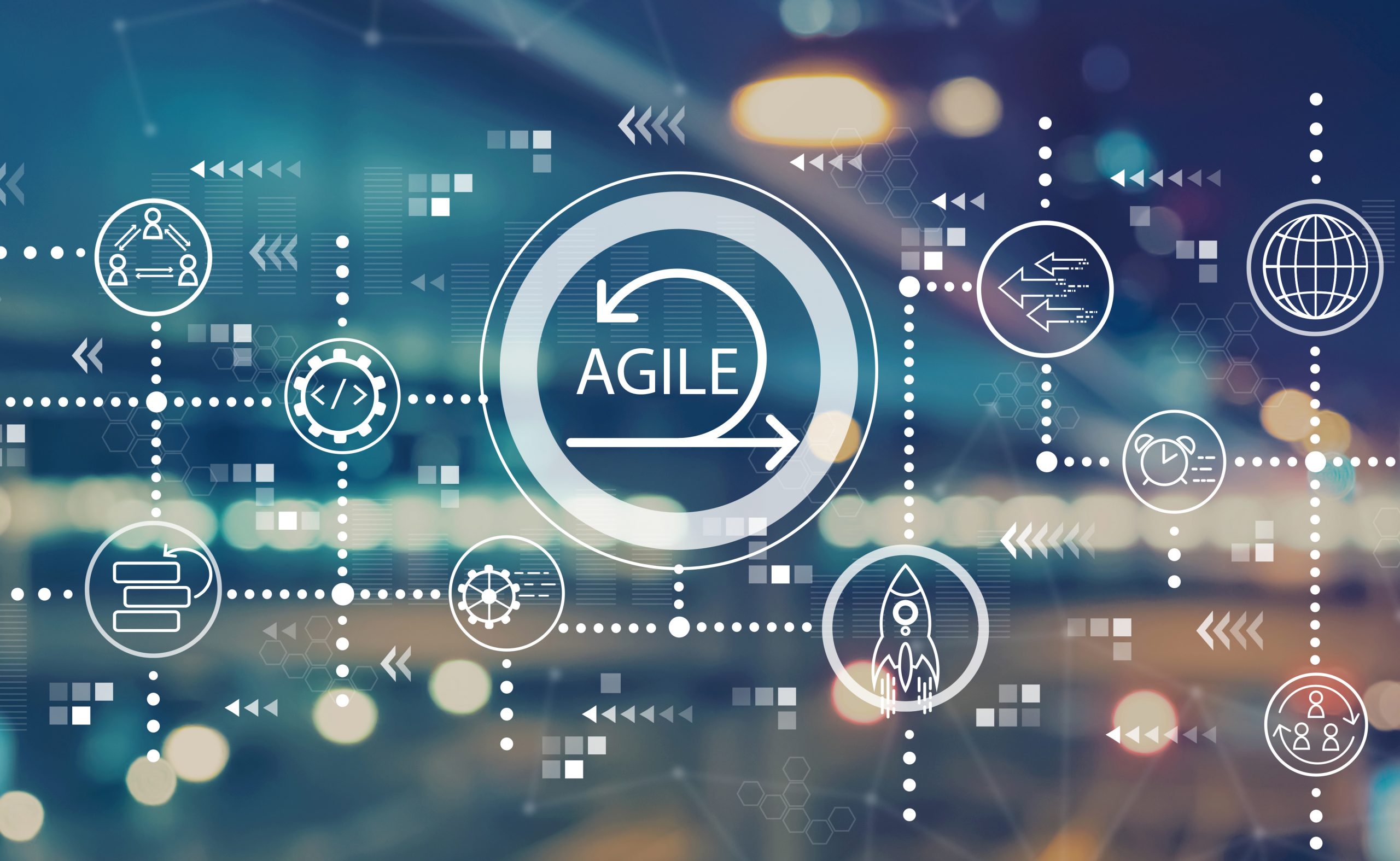It’s well-acknowledged that the circumstances of the pandemic created an acute “necessity is the mother of invention” moment for companies of all sizes and across all sectors. Change took many forms, but almost all improvements and adjustments were centered around greater efficiency and technology to support an unpredictable, fast-changing environment.
Agility was front and center. As an organizational system designed to create efficiencies and dynamism, the agile methodology was growing more popular before the business effects of the pandemic were clear. In fact, a 2020 study found that across 19 countries, nearly 50% of all organizations had been using Agile for three or more years.
Where do HR and immigration fit into an agile operation? As a crucial part of any company, HR is tasked with providing stability for the workforce and creating strong recruitment and retention programs.
“In the context of HR, it is the ability to adapt and evolve people and processes in pace with accelerating and unpredictable changes – to support individual, strategic and organizational agility,” notes Training Industry. “As an HR or Learning & Development professional, being agile means being able to drive employee engagement and retention in sync with the overall organizational goals.”
An agile organization is designed to move fast and fluidly, using a team-based structure and a digital environment that allows those teams to easily adapt, communicate, and implement initiatives. HR needs the tools and structure to do the same.
When it comes to immigration, technology cannot and should not lag behind other domains. Without a platform to support each element of the agile organization and its teams, that broken link can slow the chain. Recruitment and retention of a global workforce have the ability to propel innovation and growth, but only if there is transparency, ease of use, and data that informs quick decision-making. There is no reason for the HR function to be that broken link.
Personnel Today summarized this well: “It all starts with a frictionless foundation; the sort that you can only get from a fully cloud-based technology. With that, you can start to develop a clear picture of your financial, people, and operational data. Data is always live, easy to understand, and secure.”
From an immigration standpoint, having a clear picture of workers’ visa status, where they’re located at a given time, and whether they face any legal challenges is crucial to HR planning. When employees are distracted by potentially life-changing visa issues or are stuck in limbo due to compliance hurdles, it impacts their performance and their ability to be comfortable in the corporate culture.
In short, uncertainty has a way of holding teams back. Technology should be part of the solution.
WR Immigration’s WRapid™ platform was designed to address these types of concerns, and it has never been more relevant. Companies looking to stay agile need to provide teams with the right tools, and HR is no exception.
The primary goal for WRapid™ is to create a more predictable, transparent process for foreign workers and the HR professionals who support them. Built on Salesforce, the cloud-based application is accessible anywhere, highly secure, and permissioned to keep the right data with the right people. As part of a tech stack that promotes organizational agility, WRapid™ deploys AI to keep pace with immigration updates, track filings, flag delays or barriers, and help HR departments quickly assess the state of the foreign workforce – by individual and as a whole.
The pandemic brought plenty of unfortunate realities. It forced many, however, to empower their organization with solutions that promote an agile environment. That means greater adaptability, resilience, and certainty in the face of rapid change.
For more about how we can deploy technology for the benefit of HR teams, contact us.


